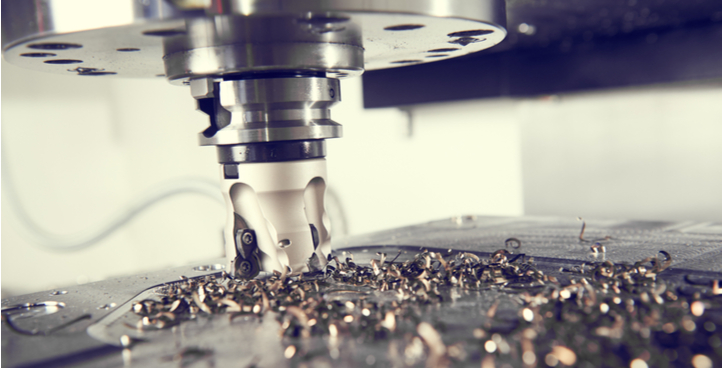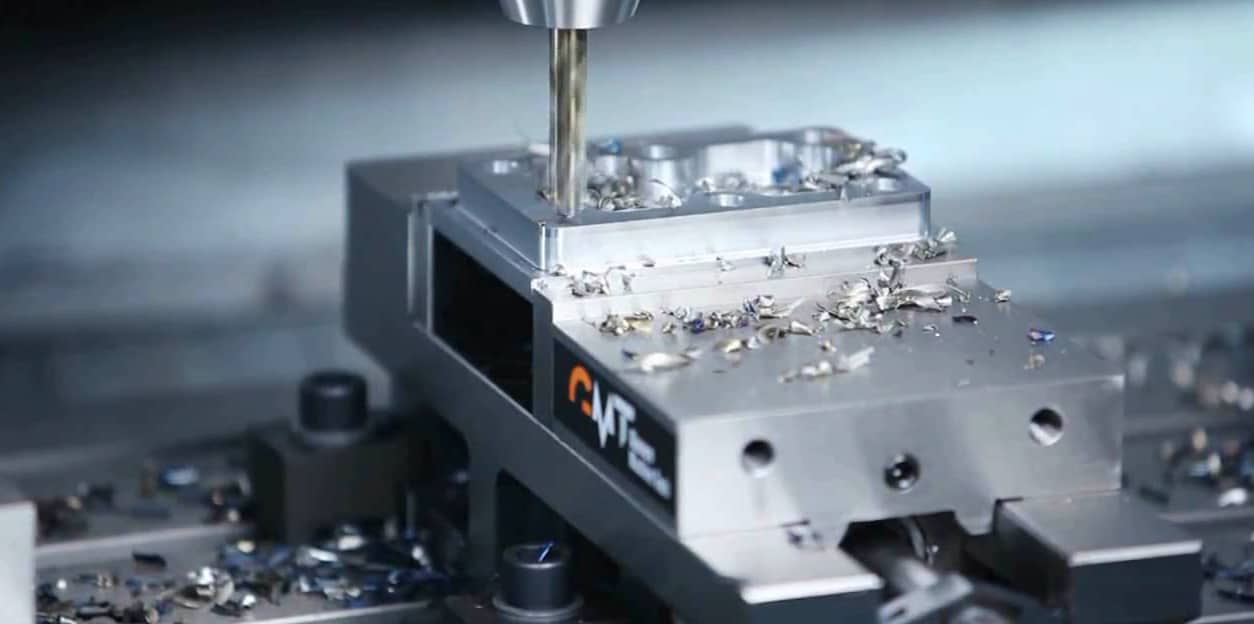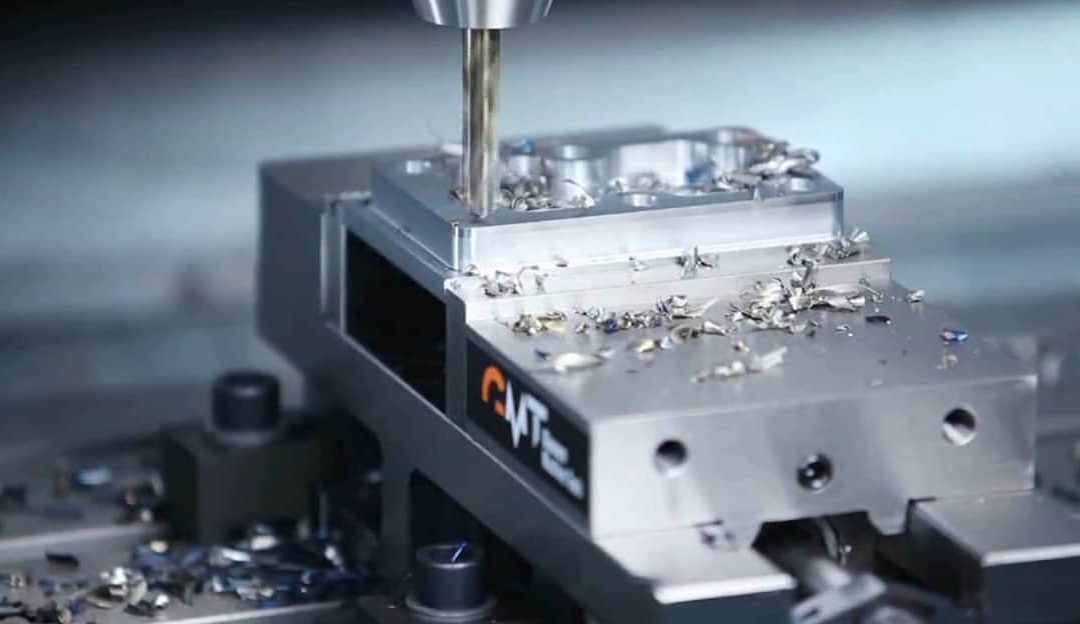Milling machines are incredibly versatile tools that have transformed manufacturing, allowing for a tremendous range of machining tasks.

Introduction to Milling Machines
Milling machines are key pieces of equipment in the manufacturing sector. They perform various types of machining processes through rotary cutters to remove material from a workpiece.
Different Types of Machining Possible
There are several types of machining processes that can be performed using milling machines, each with its unique set of benefits and applications. These include:
1. Face Milling
Face milling is one of the most commonly used techniques where the cutting action occurs at the end corners of the milling cutter.
2. Plain Milling
Also known as surface milling, this involves the creation of flat surfaces parallel to the axis of the cutter.
3. Angular Milling
This process allows cutting at specific angles to the surface of the workpiece and is vital for creating precise features.
4. Form Milling
In this operation, irregular surfaces and contours are produced using form cutters.
5. Slot Milling
This method is used to cut slots and grooves into a workpiece. It is commonly employed in creating keyways.
6. Side Milling
Side milling involves the cutting on the side of the workpiece, enabling the creation of deep slots and threads.
Applications Across Various Industries
The capabilities of milling machines extend across multiple industries, including but not limited to:
1. Aerospace Industry
Milling machines are used to fabricate intricate components of aircraft.
2. Automotive Industry
Used in creating gears, engine components, and other crucial parts.
3. Medical Industry
Vital for producing intricately designed medical devices.
4. Electronics Industry
Used for making printed circuit boards (PCBs) and other electronic components.
Advanced Milling Techniques
The integration of modern technology has given rise to sophisticated milling techniques:
1. CNC Milling
Computer Numerical Control (CNC) milling is an automated process that enhances precision and efficiency.
2. High-Speed Milling
This technique focuses on increasing the cutting speed for faster production cycles.
How to Choose the Right Milling Machine
Considering factors such as the type of materials, complexity of designs, and required precision can help in selecting the right milling machine.
Maintenance Tips for Milling Machines
Regular maintenance is crucial for optimal performance. Key tips include:
1. Cleanup
Regularly remove waste material and debris.
2. Lubrication
Ensure all moving parts are adequately lubricated.
3. Inspection
Periodically check for machine wear and tear.
Conclusion
Milling machines are indispensable in modern manufacturing. Their versatility ensures that they can be used for a wide range of machining processes, making them incredibly valuable assets in any industry.

FAQ
1. What materials can be machined using a milling machine?
Materials such as metals, plastics, and ceramics can be machined using milling machines.
2. What is the difference between CNC milling and traditional milling?
CNC milling is an automated process which utilizes computer controls, whereas traditional milling often involves manual adjustments and operation.
3. How do I maintain my milling machine?
Regular cleaning, proper lubrication, and timely inspections ensure the longevity and performance of your milling machine.
